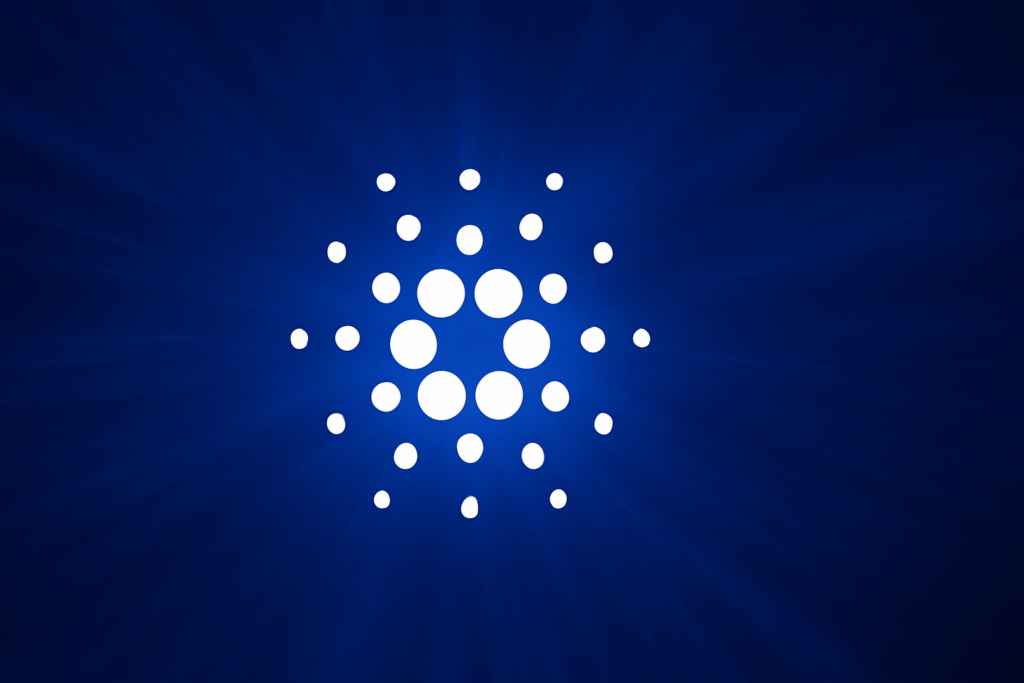In the ever-evolving world of blockchain technology, staying ahead of trends is crucial for investors and enthusiasts alike. Cardano, a prominent blockchain platform, is at the forefront of innovation, continuously refining its strategies to enhance scalability and efficiency. Recent discussions led by Input Output Research (IOR) have illuminated a shift in Cardano’s approach, showcasing a more holistic vision for its layer-2 ecosystem. This article delves into the intricacies of Cardano’s latest developments, highlighting the diverse projects poised to reshape its scaling landscape.
Exploring Cardano’s Dynamic Scaling Strategy
Cardano has taken a significant step in its scaling journey, integrating various cutting-edge solutions to enhance its network capabilities. This transformation is marked by a notable pivot from relying solely on Hydra to fostering a more interoperable layer-2 ecosystem. According to recent insights shared by Fergie Miller, Director of Research Partnerships at IOG, Hydra aims to deliver efficient off-chain transaction processing while maintaining security and settlement integrity of the primary layer.
Unveiling Cardano’s Layer-2 Innovations
Following Hydra’s update, a slew of independent projects has emerged, each contributing uniquely to Cardano’s throughput and architectural flexibility. These initiatives promise to unlock new potentials:
– **Midgard (Anastasia Labs):** An Optimism-inspired roll-up customized for Cardano’s extended-UTXO ledger, featuring deterministic fraud proofs and minimal multisig governance. The project is open-sourced, with a mainnet MVP expected by year-end.
– **zkFold (zkFold SA):** A zero-knowledge roll-up solution that amalgamates numerous transactions into a singular layer-1 submission, ensuring near-instant finality. The public testnet is anticipated within the year, followed by comprehensive smart-contract support.
– **Eryx ZK Bridge:** This initiative seeks to develop a native ZK bridge for Cardano, enhancing chain communication through isomorphic design while incorporating expertise from technologies like Zcash and StarkNet.
– **Gummiworm (Sundae Labs):** Inspired by Hydra, this horizontally scalable roll-up detaches transaction execution from custody, allowing liquidity to remain versatile across multiple heads, thus preserving atomic swaps.
Cardano’s Collaborative Scaling Approach
The recent discussions underscore three essential themes critical to Cardano’s scaling success:
– **Interoperability:** Ensuring seamless user transitions across roll-ups without causing Ethereum-like fragmentation is paramount. Standardizing interfaces is advocated by industry leaders as crucial for this endeavor.
– **Capital Efficiency:** Keeping liquidity accessible across protocols is vital. Bonding mechanisms and cross-protocol composability are proposed strategies to address the liquidity lock challenges.
– **Security:** The emphasis lies on establishing rigorously defined security parameters and mathematically proven guarantees. A strong zero-knowledge community is deemed necessary to audit increasingly intricate cryptographic frameworks.
Looking towards the future, each project lead envisions distinct focal points. Emphasis ranges from formal proofs for Hydra, enhancing roll-up throughput to alleviate mainnet stress, exploring blob-style data availability for bandwidth optimization, and fostering open-source collaboration to outpace proprietary competitors.
Ultimately, Cardano’s scaling trajectory is not charted by a single solution but by a constellation of specialized layer-2 protocols. This integrated approach, relying on shared standards and cooperative innovation, promises enhanced performance, privacy, and usability. At present, ADA trades at $0.58, reflecting a 15% increase.
How does Hydra enhance Cardano’s scalability?
Hydra aims to boost Cardano’s scalability by enabling efficient off-chain transaction processing. Through Hydra Heads, small groups of participants can execute transactions quickly while Hydra Tails offer scalable solutions for larger applications, thereby alleviating strain on the main network.
What makes zkFold a promising solution for Cardano?
zkFold stands out by employing zero-knowledge proofs to amalgamate multiple transactions into a single layer-1 submission. This approach not only ensures faster transaction finality but also significantly reduces bandwidth requirements, enhancing the overall efficiency of the network.
Why is interoperability crucial for Cardano’s layer-2 solutions?
Interoperability is essential to prevent the fragmentation issues seen in networks like Ethereum. By standardizing interfaces, Cardano can ensure seamless interactions between different roll-ups, enhancing user experience and promoting wider adoption.
This in-depth exploration of Cardano highlights the platform’s commitment to innovation and scalability. By leveraging a diverse array of projects, Cardano is poised to offer enhanced functionality and efficiency, ensuring its competitive edge in the blockchain arena.

